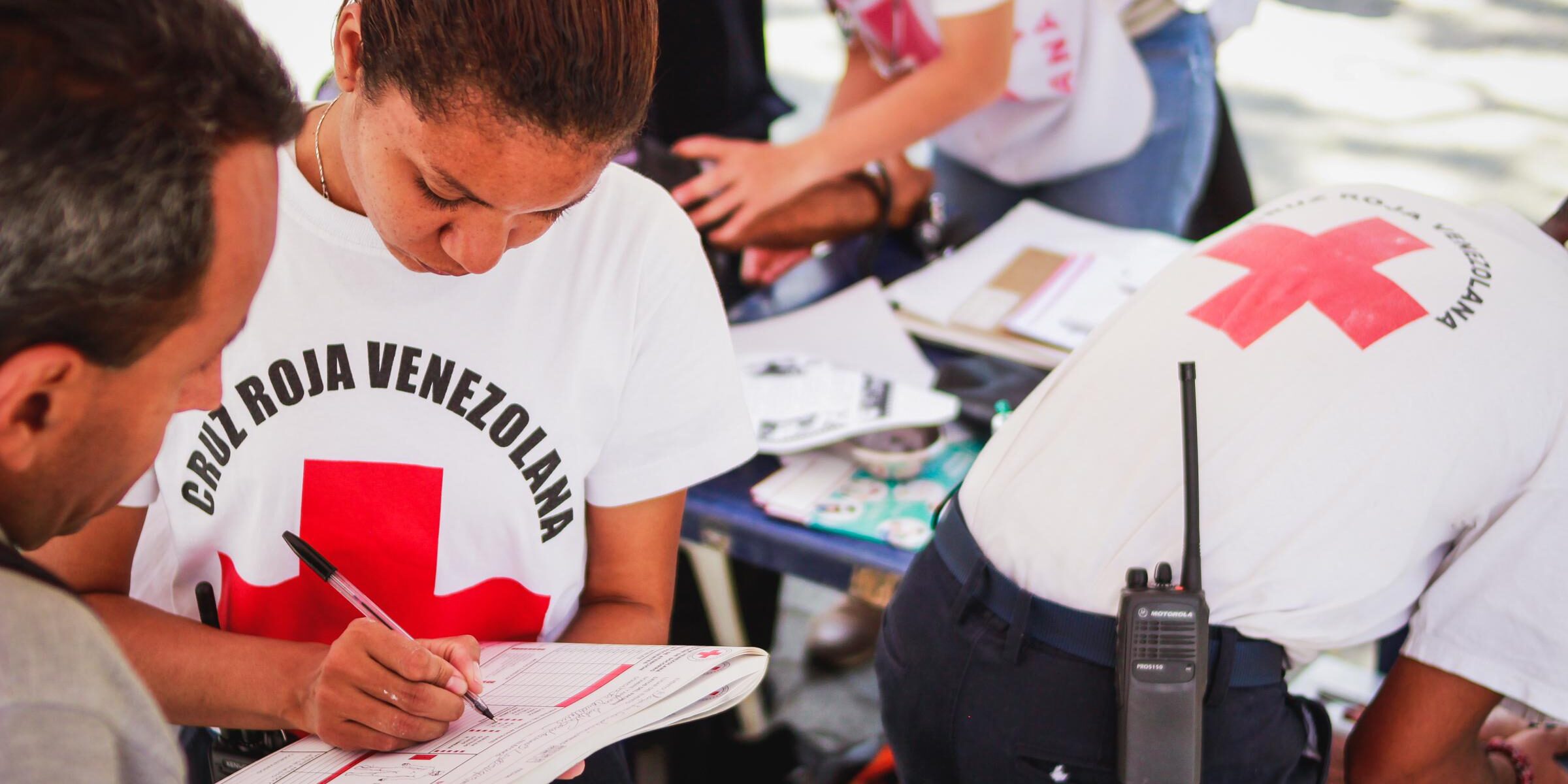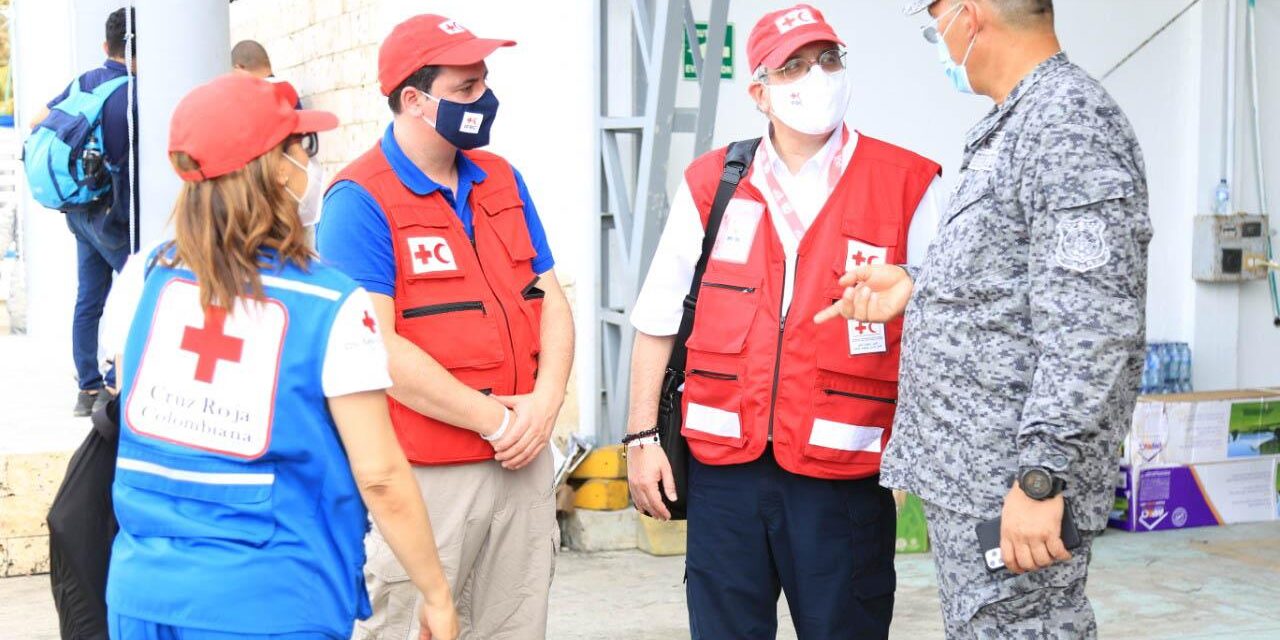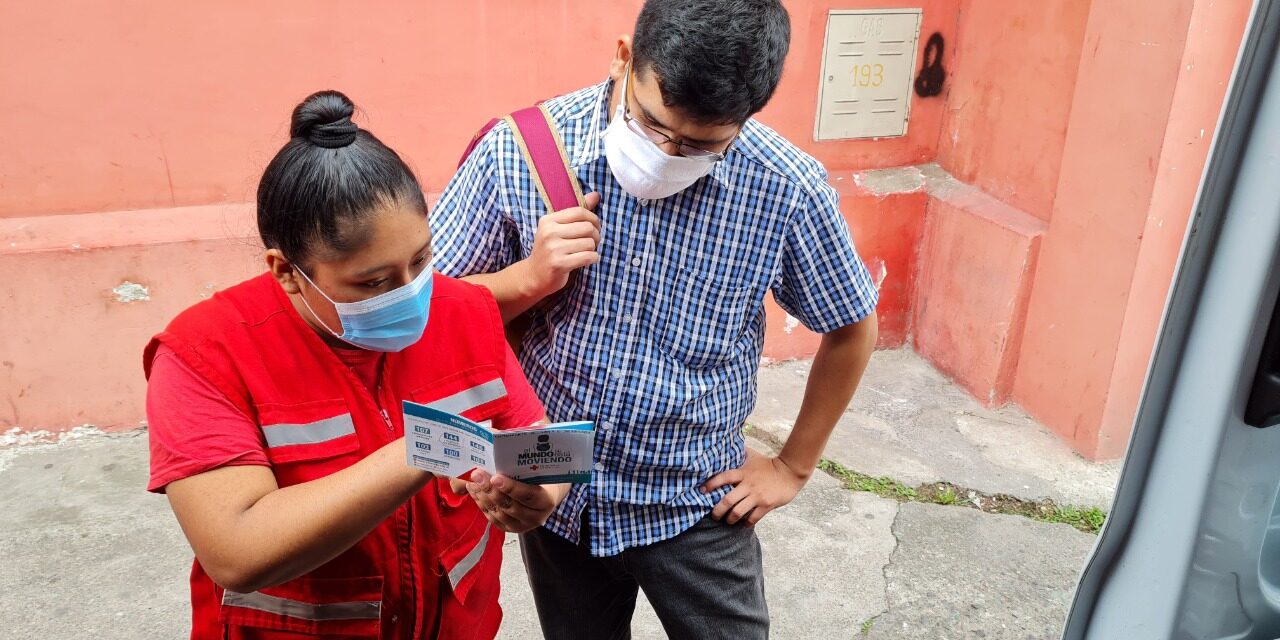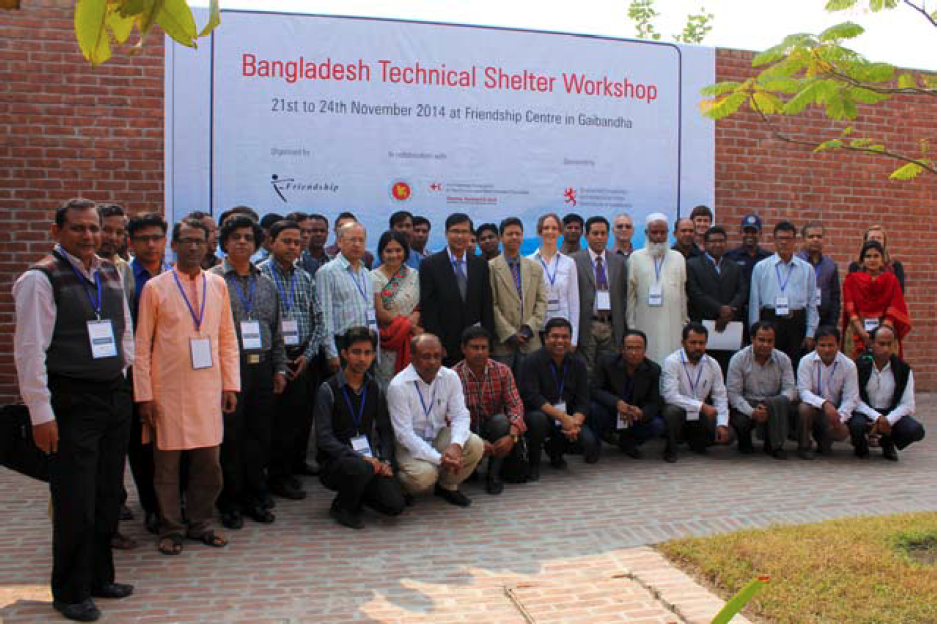Migrant Housing, Shelter and Accommodation
Overview
This toolkit refers to housing and accommodation as well as shelter, in recognition that migrants will inhabit a wide variety of spaces. These spaces can range from tents to dormitories to hotels to apartments. All three terms should be understood as falling within the Sphere Handbook definition of shelter as:
A physical place created or identified as a safe place, which has all the necessary means (access to infrastructure and utilities) to accommodate people who have been affected by disasters and crises for a short, medium and/or long-term period.
Safe shelter is fundamental to people’s safety, security, and physical well-being. It preserves human dignity, family unity, and the cultural identity of affected people, as well as their physical, mental, and psychological stability, whilst promoting community organisation.
This can be particularly complex in migration responses, as there are so many different situations and so many variables that affect people’s needs.
Example situations:

During COVID-19 lockdowns, migrants in several countries found themselves exposed to risk due to precarious living conditions or had their ability to access housing or remain in shelter compromised due to loss of income.
Similarly, thousands of vulnerable Venezuelans have been made homeless at various times in Colombia when local government has closed temporary camps established to help them.
Some key issues migrants face in navigating housing and shelter solutions:
Numerous studies have shown that homelessness has an important impact in particular on health, including mental health, and that even being homeless for a short period of time increases the risk of long-term health issues.
Homelessness also has a disproportionate impact on children and young people, with studies showing homeless young people as far more likely to be out of school, education, employment, or training. Vulnerable groups are especially at risk of violence and abuse during homelessness, including young people, people from sexual and gender minorities (SGM), people with long-term illness or disabilities, and women, particularly women who are pregnant or who have recently given birth.
What kind of interventions are relevant/appropriate to an HSP
In some contexts, where people have been displaced or are migrating in large groups, more traditional humanitarian shelter programmes may be put in place. This can consist of purpose-built camps or collective centres consisting of temporary shelter, as seen in Europe in 2015, or in the response to Venezuelan migrants in Colombia.
More often, migrants arrive in a slow but steady trickle. They spend most of their time in urban environments where they can access goods, services and transport, and where it is easier to go undetected.
Shelter activities might include:
Identify accommodation opportunities migrants can use – access to social services, for example – and talk them through any possible associated risk. The information helps migrants understand the specific urban context, including how to find and access rental accommodation, and how to navigate local practices and norms. These can differ substantially from place to place, with sources of tension including, garbage management, maintenance of common spaces, acceptable volume of music and noise, and frequency and type of visitors. Information on local rental practices is also important for newcomers, including modality and frequency of payments, deposits, taxes, payment of utilities, usage, formal and informal agreements, etc. Support may be needed with often paperwork, especially given language barriers and possible identification issues.
Referral pathways should include organisations that can help connect migrants with both short- and long-term accommodation, as well as an emergency shelter for particularly vulnerable people, e.g. safe houses and women’s shelters that accommodate migrants, including undocumented migrants. If NS or partners are providing shelter or accommodation for homeless people or other groups, this can be expanded to accommodate migrants and referral becomes much easier.
Programmes that provide migrants with cash can help put a roof over their heads. It may also be possible to provide vouchers for hotels or hostels. Cash can be a challenging and sensitive modality in migration contexts, however, so it is important to get specialist support in cash programming.

Risks/opportunities
When referring migrants to organisations that facilitate shelter and accommodation, ensure they share the same principles.
Before use, accommodation should be inspected to ensure it is safe and appropriate. Create a checklist to ensure nothing important is forgotten:
- Are women housed separately from men?
- Can they access showers and toilets without passing through public areas?
- Is housing/accommodation accessible to people with different kinds of disabilities?
- Is it located in a safe area, access to public transport, and well lit?
When borders are difficult to cross or where there is heavy security, migrants may stay for days, weeks, or even months before crossing. Lack of money for accommodation, a desire to remain undetected, or simply a lack of accommodation in the vicinity may result in migrants staying for long periods of time in ad hoc shelters in makeshift camps.
The conditions can be dangerous for a variety of reasons, and NS may need to advocate for adequate housing and/or establish more formal camps or other types of collective temporary accommodation options.
Partners
Potential partners to help with accommodation:
- Local government.
- Civil society organisations working with the homeless or with people with low incomes or in precarious circumstances.
- Civil society organisations working with vulnerable people, including vulnerable youth, or running safe houses or women’s shelters.
- Owners of hotels, hostels, or other private accommodation that might be willing and able to accommodate migrants, including irregular migrants.
Key Resources



